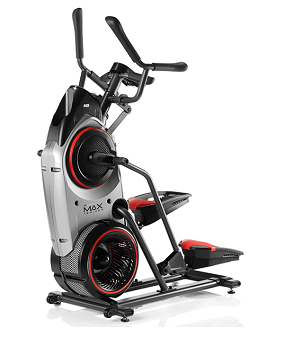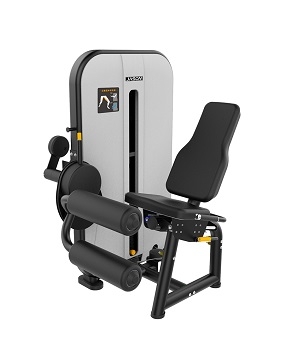When using the gym's fitness equipment, pay attention to aerobic exercise for 5-10 minutes before training to raise your heart rate and body temperature in preparation for the upcoming hard training. Second, pay attention to normal breathing. Normal breathing can help prevent excessive blood pressure. The basic principle is: inhale when you lower your weight, hold your breath when you lift it, and exhale when you lift it quickly.
When you go to the gym, be clear about your purpose, when and how you're going to exercise so you get more done with less.
First, the warm-up before training and the stretching after training The warm-up before training is an important guarantee for the training effect, but it is often ignored. Aerobic exercise should be done 5-10 minutes before training to raise heart rate and body temperature in preparation for the hard training ahead. After the warm-up, do a set of 10-20 light weights on the target area on the day of the training. When muscles are tired after training, they need to stretch properly. After training, the flexibility of the body will be improved, which is conducive to stretching. Don't forget to train for a relaxing workout afterward, usually a few minutes of low-impact cardio.

2. Normal breathing Normal breathing can effectively prevent excessive increase in blood pressure. The basic principle is: inhale when you lower your weight, hold your breath when you lift it, and exhale when you lift it quickly.
3. Straighten your chest and pull your back. Almost every training guide you read will emphasize the importance of body posture and movement adjustment in order to maintain trunk stability, improve training efficiency, and avoid injury. The principle of holding the chest and pulling the back applies to almost every exercise. Specifically: Chest out, shoulders back, back, back. These principles also apply to different training positions such as standing, sitting or lying down.
The relationship between muscle size and the amount of exercise a muscle should use is closely related to the size of the muscle itself. Large muscle groups such as chest, back and legs exercise more. For smaller muscle groups such as arms and shoulders, you should choose less exercise. The amount of exercise is related to the fatigue degree of muscle fibers: there are more muscle fibers in large muscle groups, and 3-5 exercises are required, and only 3-4 groups can be done per exercise. Small muscle groups are generally used with 2-4 exercises, each exercise can be divided into 2-3 sets.
When placing heavy objects under full control, it is necessary to lift them with explosive power as soon as possible. The goal is to use the weight as safely as possible when lifting or losing weight, to obtain a great stimulation effect on the muscles. The more you try to implement these principles in training, the more you can ensure that the muscle fibers are minimally invasive under the premise of safety and then grow back.
Six, training objectives determine the number of training. If your goal is to build muscle, choose 8-12 reps to reach an exhausted weight. If the goal is to strengthen your strength, limit the reps to 4-7. This does not mean that you should only use one training session. It's good to change your training style from time to time, but you need to know what your goals are and what your training style is.

Seven, equipment and free weight, these two types of training, each has advantages and disadvantages, can not be ignored. Novices often struggle to master the balance of free weights, so machines are more suitable for them. They can benefit from the practice in a safer and more stable way. However, the device cannot easily exercise all parts of the body. The range, direction, and Angle of motion in machine exercises are not as flexible as free weights. The deep muscles of the spine and the muscles that maintain the balance of the body can only be fully and effectively exercised when there is free weight. Free weights have great flexibility and applicability, can be well adapted to each person's different body structure, and can exercise almost every part. In fact, many instruments are modeled after the free weight practice.
8. Intensity is key. In order not to waste time on fitness, but also in order to achieve obvious results in strength and circumference, every training to go all out. If you can do 15 reps of weight, but you only do 10, then you should increase the training weight or complete 5 reps. No matter what level of trainer, in addition to the warm-up group, every training group is exhausted, that is, can not be completed again.
Nine, training to compound movement based novice to compound movement as the focus of training is wise. The so-called composite movement refers to squat, hard pull, bench press and other movements involving multiple joints and muscles. In the second half of the training, you use up considerable strength and energy, and it is difficult to complete high-quality, heavy weight training. So, after warming up, immediately dive into energetic compound movements.